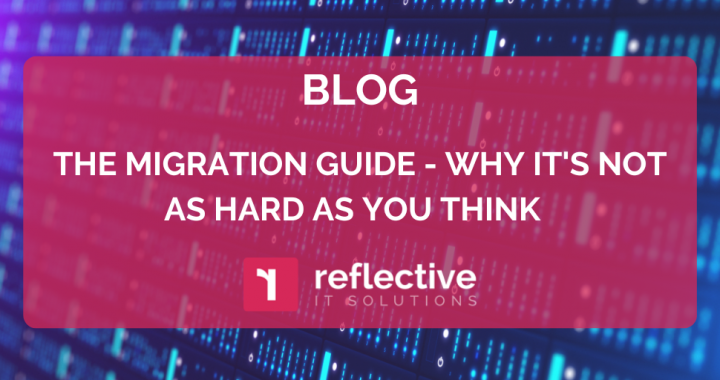A data migration project is typically a major undertaking, regardless as to the size of the organisation. However, it’s increasingly recognised as a vital step which cannot be avoided by any business hoping to compete in today’s markets. Thankfully, ensuring that the process goes smoothly could be easier than you might expect.
What Is Data Migration?
In the simplest terms, the term refers to moving data to new storage locations, such as onto a cloud-based solution, or onto a new on-site storage device. It can also refer to updating or converting the format in which the data is stored, or to incorporating technologies that can transform how an organisation gets value from the data it collects, such as data mapping and data re-formatting.
There are many significant benefits for any business looking to migrate its data, including better productivity, increased security, and often reduced overheads. It can allow a business to grow with agility, too,
Start With A Strategy
The best way to ensure a smooth and successful migration process is to have a clear plan in place before you get started. Clarify your objectives for the migration process. These could include cost savings, improved data security, or enhanced data analysis capabilities.
Decide whether you need to move a single application, or a whole suite of software, and consider the associated costs of your preferred course of action. Think about the timescale for your project, too, and bear in mind that there may be some disruption or downtime as a result of the work being carried out. Planning how you will manage this will help to minimise any negative effects on your business in the short term. Find out whether you have the technical expertise to carry out the migration available within your team, or whether you will need to bring in migration experts in order to achieve your goals.
The Risks Of Poor Planning
Failing to have a clear vision for your migration process could be very bad news for your company. As well as causing extensive disruption to daily operations, which will itself have an inherent financial impact, failing to establish what your migration will look like could mean that you spend too much on the wrong products.
It’s also important to take the time to ensure that you don’t include broken data files or structures in the migration. Likewise, save yourself valuable time by using automation tools to streamline the process whilst also reducing the risk of errors. Finally, be sure to have a strong contingency and regression plan ready in case anything should go wrong. Such a plan should be able to ensure business continuity, as well as safeguarding the precious data.
Moving Forward
Once your migration project is complete, it’s important to keep on top of managing the new data platform. Software tools can help you to stay in control, allowing you to manage vital aspects such as security, accessibility, and disaster recovery. However, it’s important to ensure that any patches or updates are installed promptly in order to enjoy the benefits. Having a dedicated support team will ensure that your new data systems have the full attention they need.
Thankfully, a smooth data migration can be guaranteed when you partner with an expert. When it comes to hiring in tech, Reflective IT has all of the experience and know-how to ensure that your business has the right people in place for your migration process. Why not find out more today, at www.reflectiveit.com and discover how we can connect you with the right tech talent for your needs.










